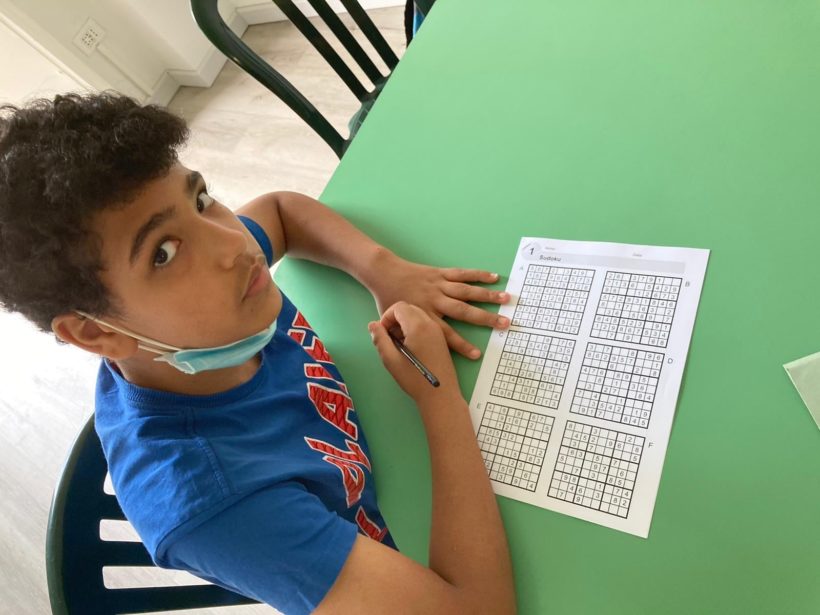According to the latest State of Education Report: In maternal and nursery in 2019 students in poverty were 36.2% and in 2020 they increased to 41%. In pre-school in 2019 they were 36.6% and in 2020 41.9%. In primary school in 2019 they were 37.3% and in 2020 43.6%. In secondary school in 2019 it was 30.9% and in 2020 40%.
By Óscar Madrigal
What kind of country do we have? If before the pandemic much more than a third of students or pupils at all levels lived in poverty and with the pandemic it turns out that more than 40% of all children and adolescents in the country live in poverty, it turns out that we have a country that condemns the most important segment of the population to live in poverty.
What kind of country are we building? With these figures it is not difficult to conclude that for this huge social group their chances of a better future are greatly reduced. We are perpetuating the cycle of poverty.
And the dramatic thing is that these are not figures; they are children, adolescents, with a human face, people, who live in poverty, many in misery. A group, not a majority, live on the “daily allowance” that they receive in the educational centres, including 600 grams of meat, which should be enough for the whole month and, in many cases, for the whole family.
Last year 27,254 students asked for food packages, but the MEP denied them for lack of resources.
Meanwhile, just today the press reports that Costa Rica achieved a primary surplus of more than ¢100 billion for great conformity with the IMF.
This is the Costa Rica of the Bicentenary, to the disgrace of many.












